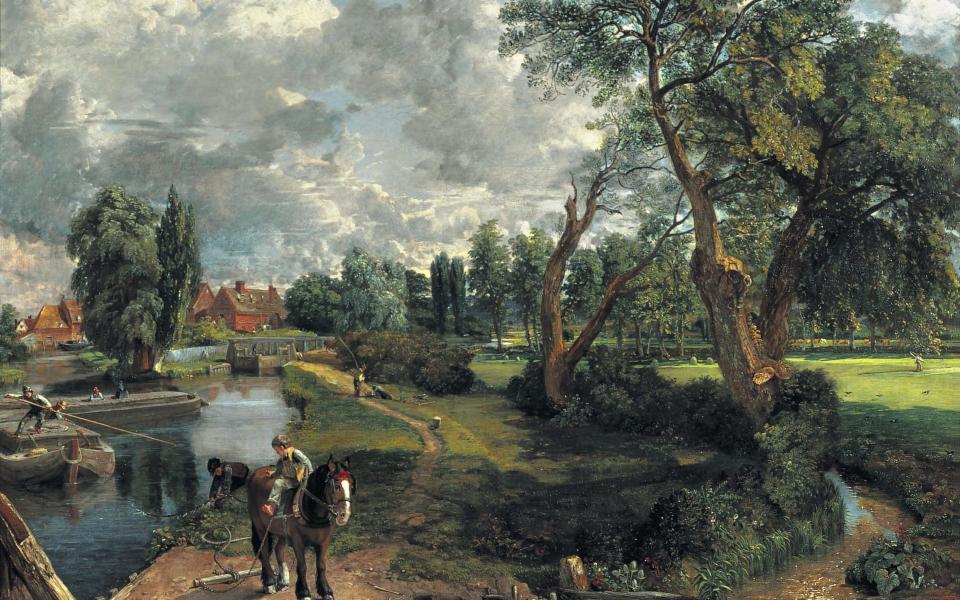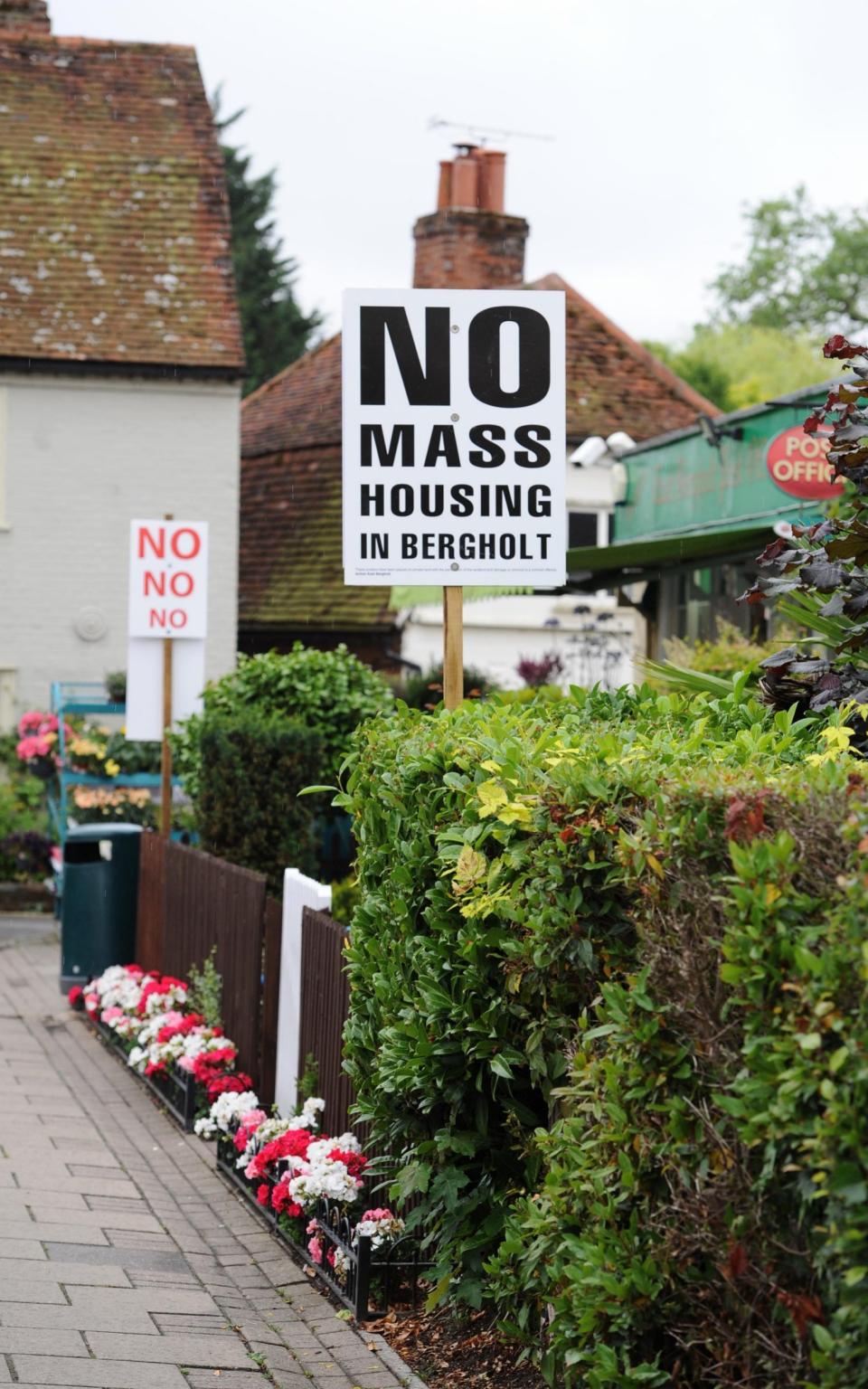John Constable's Suffolk village in bid to defect to Essex

Historic Suffolk landmarks made famous by the paintings of John Constable could soon become part of Essex, if furious villagers get their way.
Residents of the, for now, bucolic idyll that is East Bergholt believe changing counties is the only way to protect the local landscape from the threat of developers.
It means settings made famous around the world by the romantic artist, such as Willy Lott’s Cottage and Flatford Mill, could be lost to Suffolk forever.
Colchester seems to place more value on protecting heritage assets
Paul Ireland, East Bergholt Parish Council
But villagers feel so betrayed by their local council that “that’s their problem” best sums up the current mood.
Sitting in the picturesque Stour Valley and accommodating fewer than 3,000 souls, East Bergholt is in the throes of a bitter struggle to fight off the development of a further 144 homes.
So determined is the Parish Council to prevent the expansion, that it is threatening to break free from Babergh District council and defect to the Essex borough of Colchester.
“Colchester seems to place more value on protecting heritage assets,” said Parish Council chairman Paul Ireland.
“It would be a real wrench to leave Suffolk, but the question we have to ask is whether it is better to be in Suffolk and have lots of houses built against our wishes, or to be in Essex and have better protection.”

Suffolk’s borders have remained largely unchanged for decades, with the last major shakeup taking place in 1974, when six villages lost to Norfolk.
However the entire area, commonly dubbed “Constable Country”, is coming under increasing pressure because Babergh District has recently been judged to have less than five years of housing land supply.
It means local planning regulations are overruled in favour of national policy, which favours developers.
Constable was born in East Bergholt in 1776, where his father owned Flatford Mill, which was immortilised in an oil painting in 1816.
The young artist developed his skills sketching the local countryside, and in particular the area around the River Stour, returning in later life to complete other standout works like the Hay Wain.
Two hundred years on, the Parish Council is preparing to decide whether to call a local referendum to secure a mandate for attempting succession from Suffolk.

Campaigner Peter Dent, who chairs the East Bergholt Action Group, said: “I don’t care if Suffolk would miss us.
“That’s their problem.
“We’ve got a Colchester postcode, we’ve got a Colchester phone number.
"We would like to give it a try and work with a council that would respect the village and the heritage of Constable Country.
"Frankly, we'd like to move to somewhere where we don't have to battle night and day."
Villages as well as whole parishes and districts can be moved from one county to another by acts of parliament and Boundary Commission reviews, the next report of which is due in 2018.
The most important factor for boundary changes, however, is population changes and the importance of maintaining equal parliamentary constituencies, meaning it is unlikely the Commission will accept East Bergholt’s concerns over housing policy.
A spokesman for Babergh District Council, which currently controls the village, insisted the local authority was listening to the people of East Bergholt.
The village has a strong recent history of fighting plans for new homes, winning a judicial review to block the building of 10 properties in 2016.

 Yahoo News
Yahoo News 